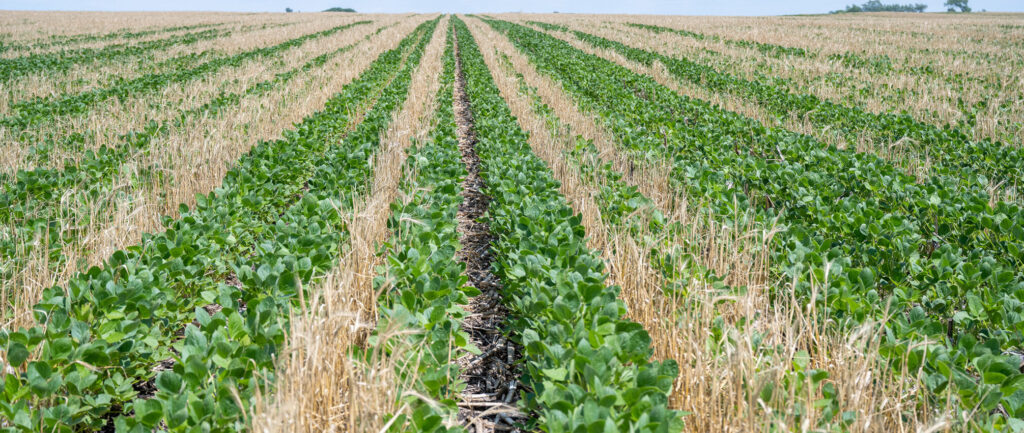Producers need to make insurance decisions soon
Last year’s hurricanes, wildfires, and droughts, devastated parts of the South, Midwest, Northern Plains, and California, and were a stark reminder that agriculture is an inherently risky business. Federal crop insurance indemnities for these disasters totaled more than $1 billion in 2017.
“The prosperity of the rural economy depends on our farmers and ranchers and their ability to bounce back from adverse conditions,” said Farm Production and Conservation Acting Deputy Under Secretary Robert Johansson. “Crop insurance is central to a strong farm safety net, and producers should talk with their agents to purchase their coverage before the sales closing date.”
To prepare for this year, the U.S. Department of Agriculture’s (USDA) Risk Management Agency (RMA) reminds Iowa, Minnesota, and Wisconsin producers that the final date to apply for crop insurance for spring crops such as barley, buckwheat, cabbage, canola, cigar binder tobacco, corn, cucumbers, dry beans, dry peas, grain sorghum, flax, forage seeding, green peas, hybrid seed corn, oats, popcorn, potatoes, processing beans, soybeans, sugar beets, sunflowers, sweet corn and wheat is March 15 for the 2018 crop year. Current policyholders who wish to make changes to their existing coverage also have until the March 15 sales closing date to do so.
Federal crop insurance helps producers recover after severe weather and manage other business risks. RMA implemented a number of program improvements for the 2018 year. Coverage is available for nearly every commodity, including fruit, vegetable, and organic, with crop specific plans or the Whole-Farm Revenue Protection policy.
Sales closing dates vary by crop, state, and county. More information about deadlines are available in the RMA Actuarial Browser. To discuss dates and options, producers should contact their local agent. Learn more at www.rma.usda.gov.




